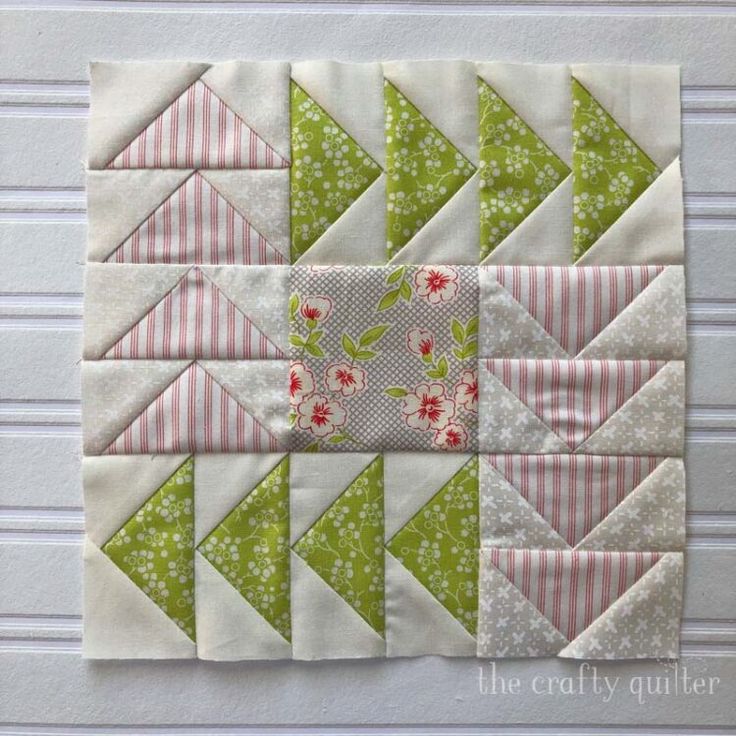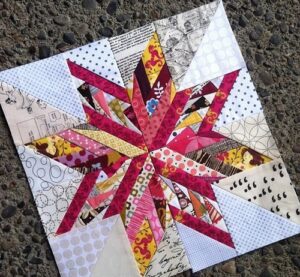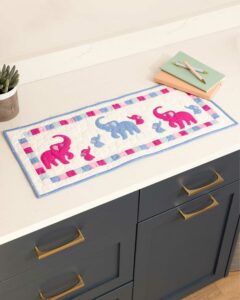Creating oversized flying geese quilt blocks is a game-changer for quilters seeking precision and flexibility in their designs.
This tutorial offers two methods for oversized flying geese, complete with cutting charts to simplify the process. Whether you’re a beginner or a seasoned quilter, these techniques will elevate your quilting projects and ensure consistent results.
Flying geese are versatile quilt blocks often used as borders or focal points in patterns. By making them oversized, you have the option to trim them down for perfect alignment in your quilts.

This tutorial walks you through two effective methods: the traditional method and the no-waste method. Both approaches are straightforward and yield high-quality results. Let’s dive in!
1. Traditional Method for Oversized Flying Geese
The traditional method involves creating flying geese blocks using one large rectangle and two smaller squares. This approach is ideal for quilters who prefer a step-by-step construction process.
- Gather Your Materials: For each oversized flying geese block, you will need one large rectangle for the goose and two smaller squares for the wings. Refer to the cutting chart below for exact dimensions.
- Mark and Sew: Draw a diagonal line on the wrong side of each square. Place one square on a corner of the rectangle, right sides together. Sew along the marked line.
- Trim and Press: Trim the excess fabric ¼ inch from the seam and press the wing open. Repeat the process with the second square on the opposite corner.
- Assemble Blocks: Combine the finished flying geese blocks into your quilt layout. Oversized blocks can be trimmed to ensure precision.
- Tips for Accuracy: Use a sharp rotary cutter and ruler for clean edges. Always press seams carefully to avoid distortion.
- Advantages: This method provides excellent control over individual blocks, making it easier to achieve precise angles.
Cutting Chart for Traditional Method:
- Large Rectangle: 3.5” x 6.5”
- Small Squares: 3.5” x 3.5”
2. No-Waste Method for Oversized Flying Geese
The no-waste method is an efficient alternative that minimizes fabric scraps while producing four flying geese blocks at once.
- Prepare Your Pieces: Cut one large square for the goose and four smaller squares for the wings. Use the cutting chart below for measurements.
- Layer and Sew: Place two small squares on opposite corners of the large square, right sides together. Mark diagonal lines and sew ¼ inch on each side of the lines.
- Cut and Press: Cut along the marked diagonal lines and press the pieces open. You now have two partially assembled blocks.
- Complete the Blocks: Add another small square to the remaining corner of each block. Repeat the sewing and cutting steps to complete four flying geese blocks.
- Trim to Size: Oversized blocks allow you to trim for accuracy, ensuring perfectly aligned points in your quilt.
- Advantages: This method saves fabric and time, making it ideal for large projects or repetitive patterns.
Cutting Chart for No-Waste Method:
- Large Square: 7.5” x 7.5”
- Small Squares: 4” x 4”
3. Choosing the Right Method for Your Quilt
Deciding between the traditional and no-waste methods depends on your project’s needs and your personal preferences.
- Project Size: For smaller projects, the traditional method’s precision might be more suitable. For larger quilts, the no-waste method saves time.
- Fabric Usage: If you’re working with limited fabric, the no-waste method is more efficient.
- Skill Level: Beginners may find the traditional method easier to follow, while experienced quilters can benefit from the no-waste method’s speed.
- Design Flexibility: Oversized blocks allow you to experiment with different layouts and trimming techniques.
- Accuracy Needs: Both methods produce high-quality results, but the traditional method gives more control over individual pieces.
- Final Considerations: Always test your chosen method on a small sample before starting a larger project.
4. Tips for Perfect Oversized Flying Geese
Achieving flawless oversized flying geese requires attention to detail and the right tools.
- Invest in Quality Tools: Use a reliable rotary cutter, ruler, and cutting mat for precise measurements.
- Press Seams Carefully: Press seams open or to one side, depending on your design, to reduce bulk.
- Chain Piecing: Save time by sewing multiple blocks in a continuous chain.
- Use High-Quality Fabric: Opt for cotton fabric, as it’s durable and easy to work with.
- Mark Accurately: Use a fabric-safe marker for clear, straight lines.
- Practice Consistently: Start with practice blocks to build confidence before tackling your main project.
FAQ
Q: What is the best fabric for flying geese blocks? A: High-quality cotton is ideal for its durability and ease of use.
Q: How do I avoid cutting errors? A: Double-check measurements and use a sharp rotary cutter for clean cuts.
Q: Can I use scraps for flying geese? A: Yes, scraps work well for the wings, especially in scrappy quilt designs.
Q: How do I ensure accurate points? A: Oversized blocks allow you to trim precisely for perfect alignment.
Q: What’s the advantage of oversized blocks? A: They provide flexibility for trimming, ensuring uniformity in your quilt.
Q: Can I mix both methods in one quilt? A: Absolutely! Combining methods can add variety and save time.
Join our VIP broadcast list and gain access to exclusive patterns, all for free. As a VIP member, you’ll receive the best patterns daily, delivered directly to your device. ✨📱 It’s a unique opportunity to stay up-to-date with the latest trends and designs, curated just for you. Don’t miss out on enhancing your projects and discovering new inspirations with the best patterns every day! 🎨🔝
Conclusion
This tutorial explored two methods for oversized flying geese, offering cutting charts and tips to enhance your quilting projects.
Whether you choose the traditional method or the no-waste method, these techniques guarantee consistent results and creative possibilities.
Try both approaches to discover what works best for your style. We’d love to hear your thoughts—share your opinions and suggestions in the comments!



